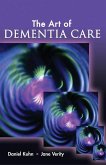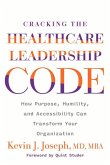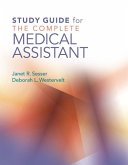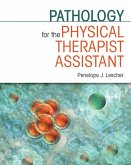Throughout human history, people have relied on natural products and plants in particular, to promote and maintain good health and fight sickness, pain and disease. However, due to greater awareness of traditional knowledge of these medicinal plants, the allopathic medicines in many ways are replaced by the herbal traditional drugs. Herbal medicines have the ability to affect body system, depending on the chemical constituent present in the plant used. Scientists first started extracting and isolating chemicals from plants in the 18th century and since then, we have grown accustomed to looking at herbs and their effects in terms of the active constituent they contain. Herbal medicines have the ability to affect the body system, depending on the chemical constituent present in the plant used. Scientists first started extracting and isolating chemicals from plants in the 18th century and since then, we have grown accustomed to looking at herbs and their effects in terms of the active constituent they contain. Nowadays, throughout the world search, is going for environmentally safe, non-toxic, and economically viable plant-based products for the remedy of various diseases. The current observed rapid increase in the consumption of herbal remedies worldwide has been stimulated by several factors. The formulation of plant extracts into dosage form is a complex operation that requires numerous approaches to overcome. Bioavailability is the fraction of an administered dose of an unchanged drug that reaches systemic circulation. It is expressed as either absolute or relative bioavailability. Absolute bioavailability measures the availability of the active drug in systemic circulation after non-intravenous administration. Relative bioavailability measures the bioavailability of a certain drug when compared with another formulation of the same drug, usually an established standard, or through administration via a different route. When the standard consists of intravenously administered drugs, this is known as absolute bioavailability.








